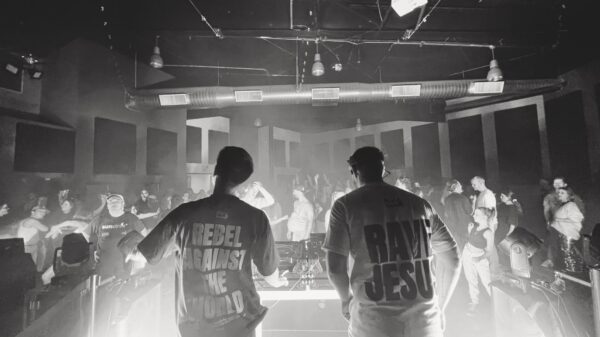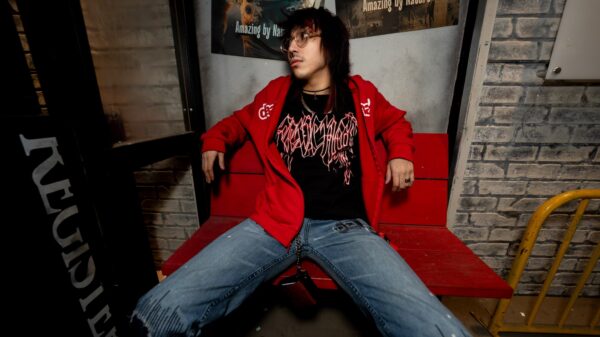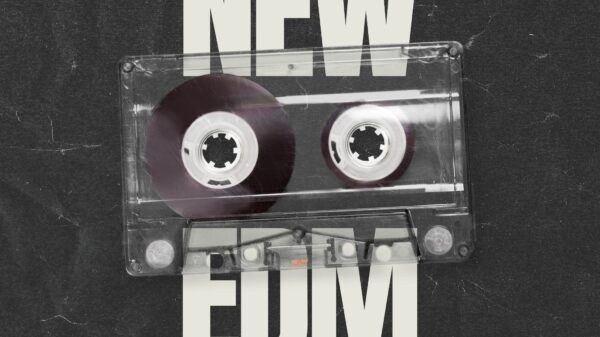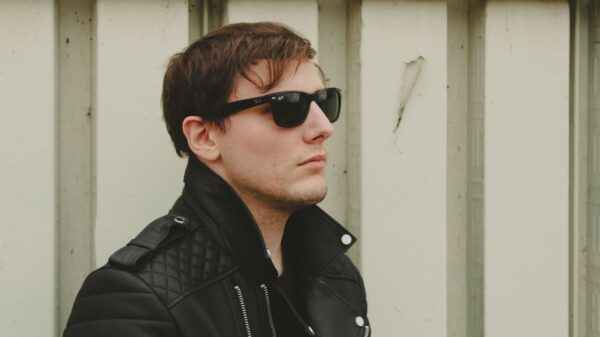- A-Trak
- Aaron Jackson
- Above & Beyond
- Adventure Club
- Afrojack
- Aiden Jude
- Alesso
- Alex Metric
- AlunaGeorge
- AraabMUZIK
- Archie
- Armin van Buuren
- Arty
- At Dawn We Rage
- ATB
- Audien
- Autograf
- Avicii
- Axwell
- Aylen
- Baauer
- Bassnectar
- Bearson
- Benny Benassi
- Big Gigantic
- Bingo Players
- Bixel Boys
- Borgeous
- Borgore
- Boys Noize
- Bro Safari
- BT
- Calvin Harris
- Candyland
- Caribou
- Carnage
- Cash Cash
- Cashmere Cat
- Cazzette
- Charli XCX
- Charlie Darker
- Chet Faker
- Chromeo
- Chuckie
- Cosmic Gate
- Crizzly
- CRNKN
- Dada Life
- Daft Punk
- Darude
- Datsik
- Dash Berlin
- David Guetta
- Deadmau5
- Deorro
- Dimitri Vegas & Like Mike
- Disco Fries
- Disclosure
- DJ Snake
- DjembA DJemba
- Duke Dumont
- DVBBS
- Dyro
- Fedde Le Grand
- Feed Me (Spor)
- Felix Da Housecat
- Ferry Corsten
- FIGURE
- Flosstradamus
- Flume
- Flux Pavilion
- Frankie Knuckles
- Kap Slap
- Kaskade
- Kastle
- Kaytranada
- KDrew
- Keys N Krates
- Kill Paris
- Kill The Noise
- Kungs
- Knife Party
- Kygo
- Madeon
- Major Lazer
- MAKJ
- Manila Killa
- Markus Schulz
- Martin Garrix
- Martin Solveig
- Mat Zo
- Matthew Koma
- Minnesota
- MitiS
- MNEK
- Moby
- MONSTA
- Morgan Page
- Mr FijiWiji
- Paper Diamond
- Paul Oakenfold
- Paul Van Dyk
- Pegboard Nerds
- Pete Tongs
- Porter Robinson
- Pretty Lights
- Project 46
- Protohype
- Sailors
- Sam Smith
- Sander van Doorn
- Savoy
- Sebastian Ingrosso
- Seven Lions
- Shlohmo
- Showtek
- Skrillex
- Snakehips
- SNBRN
- Solidisco
- Sophie
- Sound Remedy
- Steve Angello
- Steve Aoki
- Swedish House Mafia
- TCHAMI
- The Chainsmokers
- The Floozies
- The Glitch Mob
- The M Machine
- The Magician
- Thomas Jack
- Tiesto
- TJR
- Tommy Trash
- Tourist
- Trippy Turtle
- Tritonal
- Trollphace
What Is An EDM Artist?
There are numerous ways to create music, as well as present it to an audience. An EDM (Electronic Dance Music) Artist is an individual well skilled in both creating and presenting a wide variety of musical genres to the public.
Why is it called EDM?
EDM stands for Electronic Dance Music, a broad range of percussive electronic music genres that began to emerge in the mid-1980s. It is characterized by a heavy use of synthesizers, drum machines and various computer programs to create unique and complex musical arrangements. EDM can be broken down into several distinct subgenres such as House, Trance, Dubstep, Drum & Bass and Trap. Each of these has their own unique sound and style which continues to evolve over time. In recent years there has been a wide variety of EDM artists from all corners of the globe creating innovative new sounds. There’s no denying that this genre is here to stay – so get ready to dance!
More commonly known as DJs, these artists identify complementary musical soundtracks and blend them to create a seamless whole that best reflects the desired atmosphere of the establishment being performed.
Here are some interesting facts about EDM artists, described through their art:
EDM Is Not Technically a Music Genre
“EDM” is a buzzword that was popularized by the American musical industry and press to describe the numerous subgenres of commercial Dance music. It connects everything from Eurodance to Garage forms of music, making it vital to understand the particular skills and experience of the EDM artist when starting out.
EDM was coined after DJ’s became some of the most popular entertainers on the club scene. It was useful to have a catchall term that enabled the common person to quickly and easily identify what the performer is, and what he does. The reality is that there are a thousand and one genres that a talented EDM artist can specialize in.
Traditional Musical Instruments Not Required
EDM formed as a result of the proliferation of new forms of musical composition that took off in the late 1970’s. This is when advanced electronic equipment became affordable for the average person.
With young adults suddenly having access to electronic equipment that they could modify to their hearts content, it was only a matter of time before someone decided to apply it to music. The earliest well-known example of EDM music comes a collaboration effort between the renowned vocalist Donna Summer and producer Giorgio Moroder. This collaborative effort created one of the most well known songs of 1977, “I Feel Love.”
It was groundbreaking due to the intentional disuse of traditional musical instruments, instead relying intentionally on vocal and digitally manipulated tracks.
Growth Due to Economic Benefit
Obtaining musical performers is one of the most costly items on any venue owner’s budget. A traditional band required that each player be paid individually, and they typically played for less than an hour.
This placed a severe strain on the venue owner, forcing him to find ways to maximize revenues over a very short period of time to Make Up for the investment. An EDM Artist provided an alternative to this mad rush for profits. A single artist could create and perform several hours worth of music for the cost that one band would charge for a single hour.
This reduced the average hourly cost for entertainment, allowing the venue owners to concentrate on providing additional value for their patrons while minimizing the risks a single poor hour would have on the corporate bottom line.
Listener’s Choice
A DJ, an EDM Artist, has the ability to access a wealth of music that extends far beyond what his fingers could pluck on a guitar or scream into a Microphone. It is possible for a talented EDM Artist to quickly and easily identify what the audience wishes to hear and tailor the evening’s program to match.
This is in direct contrast with an older fashioned band, which could drive away an audience if they could not perform what they wanted to hear. This perceived increase of value and entertainment made EDM Artists very popular, allowing them to specialize in different genres and being called out by venue owners when a certain musical environment is desired.
The Beat is King
Dance music is typically performed in venues where it is impossible to truly hear anything, thanks to the constant movement of people and the innumerable conversations going on. That made bass vital for the success of EDM Artists.
The beat is illustrated through powerful bass, which could not be presented to the public before the advent of modern electronic equipment. Before modern electronic equipment, the sound most associated with EDM Artists, could only be heard in dangerous situations. This is ingrained into the human mind, making it impossible to not pay attention when that pulse of sound energy issues forth.
Anyone Can Become an EDM Artist
Nearly every person owns a computer with enough power to get started. All that is needed is some decent speakers and free software. Within minutes, it is possible to create a basic playlist with the songs that most people already own. With experience, it is possible to become an EDM Artist looking for a venue.












